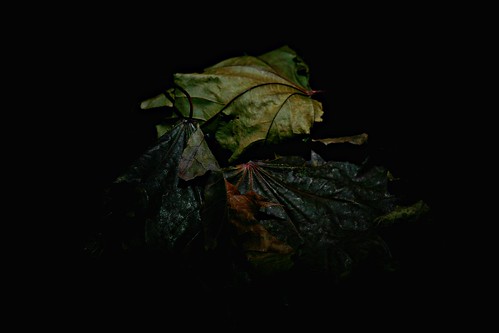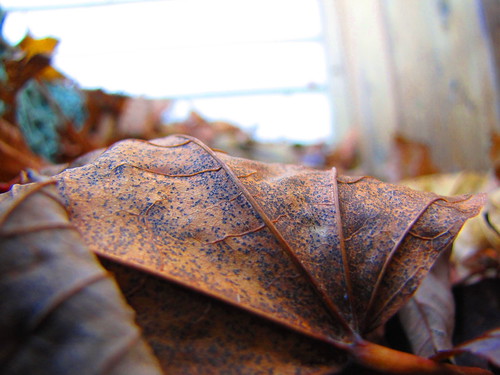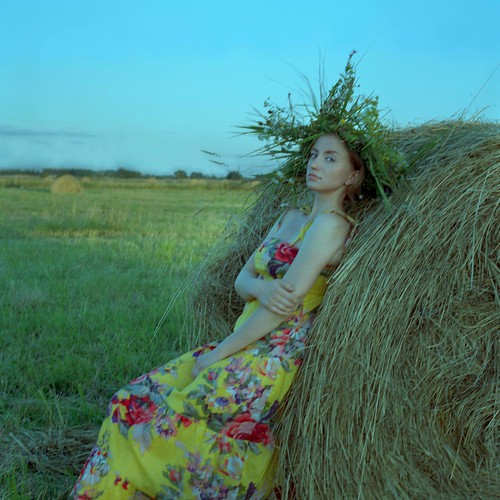Apple Orchard is yet another moody masterpiece by Russian natural perfumer Anna Zworykina. Like the few others I've reviewed before, it has a very Antique-Asian feel to it, while still being true to its title. In fact, I find all of the perfumes I've tried so far to beautifully deliver what they are meant to portray. Some perfumers are just talented that way, which adds another special dimension to the composition, in my opinion. No matter how sophisticated the audience might think they are, they always will respond more emotionally to a poetic name rather than just a number title, for instance.
Apple Orchard is not so much about apples as it is about the orchard. And I envision an abandoned orchard, at the end of fall. Some of the apples are still dangling from the naked boughs, but most of them are already rotting on the ground...
Despite the fact that the perfumes are using similar materials to my palette (Like yours truly, Anna Zworykina uses only natural oils, absolutes, tinctures and CO2 extractions, and no isolates), it is not easy to dissect them from one another. The perfumer has masterfully succeeded in creating something new and enticing from rather familiar notes. There is a certain medicinal quality that seems to be the perfumer's trademark, and which gives it that feel of an old Chinese apothecary, with chest full of drawers mysteriously labeled, the wood thoroughly soaked in the aromas of the magical herbs contained within it for decades. All of the perfumes I've tried have a very unique "fingerprint" in that sense, and I suppose you can either find it charming, of completely off-putting. But to me this is a reminiscence of another era, where herbs, medicine, magic and perfume were all intertwined, when incense was burnt to ward off evil spirits, and sweet floral waters were sprinkled to attract good ones...
Back to Apple Orchard: At first, there is an apple-y accord, but with a significant amount of mustiness, which makes you immediately think of the abandoned orchard I describer earlier... Then you are reminded of the fertile soil underneath, forgiving the inattentive farmers and receiving these rejected fruit with open arms. This gradually evolves into the spiciness of oak barrels, with hints of musky opoponax, allspice and cloves.
The perfume is so subtly blended that I could not really discern the notes too well. Also, I could not find the notes anywhere online. But the perfumer herself provided me later with this information as to the perfumes' composition:
Top notes: Galbanum, Blackcurrant Buds, Oregano, Kashmir Lavender, Ginger Lily Heart notes: Mango Leaf Absolute, Jasmin Sambac, Champaca, Roses
Base notes: Angelica, Agarwood, Cedarwood, Labdanum, Vetiver, Patchouli, Oakmoss





